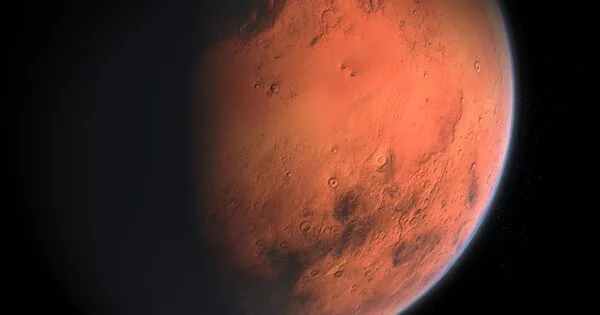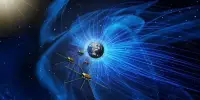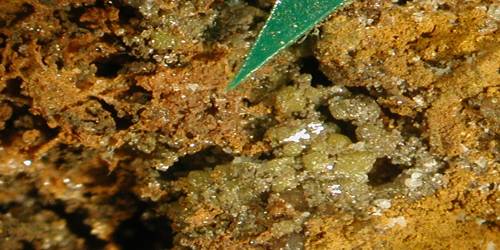Tuesday saw the announcement of a partnership between NASA and the Defense Advanced Research Projects Agency (DARPA) to develop a nuclear thermal rocket engine in orbit. This project will pave the way for NASA crewed trips to Mars.
The Demonstration Rocket for Agile Cislunar Operations, or DRACO, program will be a joint effort between NASA and DARPA. The non-reimbursable agreement establishes duties, responsibilities, and procedures with the goal of accelerating development activities. It is intended to benefit both agencies.
As early as 2027, NASA will begin working with our trusted partner DARPA to develop and demonstrate advanced nuclear thermal propulsion technologies. Astronauts might travel to and from deep space more quickly than ever with the aid of this new technology, which is a crucial capability for preparing for crewed trips to Mars, according to NASA Administrator Bill Nelson. “As we ignite the future together, congratulations to both NASA and DARPA on this fantastic investment.”
A nuclear thermal rocket can travel farther and faster while posing less risk to astronauts. For human missions to Mars, cutting transit times is essential since longer voyages demand more supplies and more durable technology. NASA will be able to achieve its Moon to Mars Objectives with the development of faster, more effective transportation technology.
Increased science payload capacity and more powerful instruments and communication systems are two additional advantages of space travel. Fission reactors are utilized in nuclear thermal rocket engines to produce extraordinarily high temperatures. The spacecraft is propelled by the engine, which converts the heat from the reactor into a liquid propellant and expands it before exhausting it through a nozzle. Nuclear thermal rockets have a potential for efficiency gains of three or more times above traditional chemical propulsion.
According to NASA Deputy Administrator Pam Melroy, “NASA and DARPA have a long history of working together on programs that facilitate our respective objectives, such as in-space servicing.” The expansion of our collaboration to nuclear propulsion will advance NASA’s mission to Mars, according to the statement.
As per the agreement, DARPA’s experimental spacecraft’s nuclear thermal engine would be developed technically by NASA’s Space Technology Mission Directorate (STMD). The development of the complete stage and engine, which includes the reactor, is being handled by DARPA in its capacity as the contracting authority. DARPA will be in charge of overseeing the entire program, including the integration and procurement of rocket systems, approvals, scheduling, and security, as well as safety and liability coverage. It will also oversee the complete assembly and integration of the engine with the spacecraft.
Before the in-space demonstration as early as 2027, NASA and DARPA will work together on engine assembly throughout the development process.
According to Dr. Stefanie Tompkins, director of DARPA, “NASA and DARPA have a long history of successful collaboration in improving technologies for our respective aims, from the Saturn V rocket that sent the first humans to the Moon through robotic satellite servicing and refueling.” “National security, scientific research, and modern business all depend on the space realm. The DRACO nuclear thermal rocket program’s potential to make quantum leaps in space technology will be crucial for more effectively and speedily delivering cargo to the Moon and, eventually, humans to Mars. More than 50 years ago, NASA’s Nuclear Engine for Rocket Vehicle Application and Rover projects carried out the last nuclear thermal rocket engine tests in the United States.
Jim Reuter, the associate administrator for STMD, stated that “with this collaboration, we will harness our expertise gathered from numerous past space nuclear power and propulsion programs.” This flight demonstration will be a significant accomplishment in establishing a space transportation capacity for an Earth-Moon economy because recent developments in aerospace materials and engineering are opening up a new era for space nuclear technology.
Advanced space nuclear technologies are also being developed by NASA, the Department of Energy (DOE), and businesses for a number of efforts to harvest power for space exploration. The DOE granted three commercial design initiatives to create nuclear power plant designs that may be deployed on the surface of the Moon and, subsequently, Mars, through NASA’s Fission Surface Power project.
As part of a nuclear thermal propulsion engine, NASA and DOE are advancing higher-temperature fission fuels and reactor designs through another commercial design project. These design initiatives are not going to be implemented for the DRACO engine since they are currently being developed to meet a longer-term objective for improved engine performance.
















